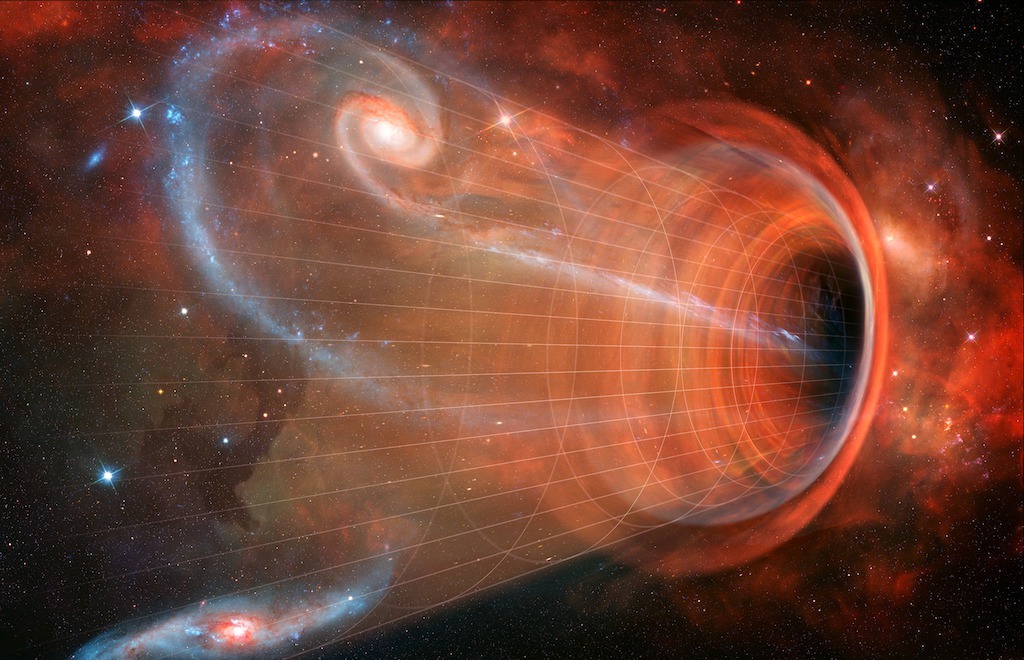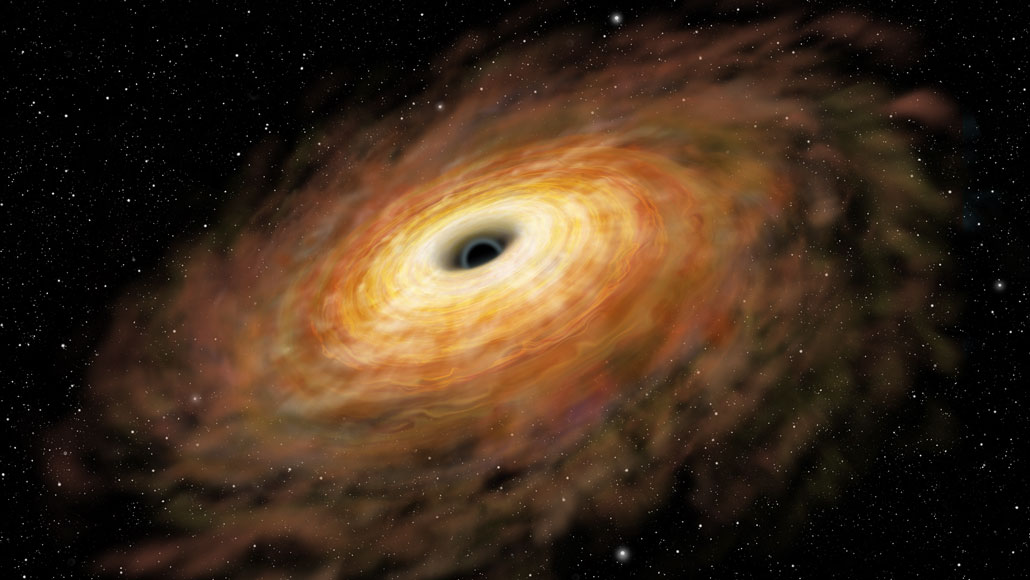

For instance, an algorithm of this kind, after being trained with a broad variety of images of different types of dogs, could learn to recognize and analyze the image of a dog, says Dimitrios Psaltis, coauthor of the paper. The approach is used in image recognition. The new image is obtained with a machine-learning approach called dictionary learning, which uses a large set of training material to extract rules for analyzing data.

Their new high-fidelity reconstruction of M87-when compared to the 2019 image-reveals a better defined central region surrounded by a thinner bright ring of accreting gas. Now a team of researchers shows the power of machine learning in performing this task. However, since the telescopes can’t cover the whole planet, the image has to be constructed from incomplete snapshots from each telescope. In 2019, the Event Horizon Telescope (EHT) Collaboration unveiled the first-ever image of a black hole, which some described as a “fuzzy, orange donut.” EHT involves a global array of radio telescopes, which together create an effective Earth-sized observatory with high resolution. (Bottom) Improved image obtained by Medeiros et al. (Top) First image of the black hole published in 2019. "Although we cannot see the black hole itself, because it is completely dark, glowing gas around it reveals a telltale signature: a dark central region (called a 'shadow') surrounded by a bright ring-like structure," the EHT team said in its announcement.Medeiros et al. To obtain the image, scientists used observations from April 2017, when all eight observatories were pointed at the black hole. More than 300 researchers collaborated on the effort to capture the image, compiling information from radio observatories around the world. It took several years to refine our image and confirm what we had, but we prevailed." "What made it extra challenging was the dynamic environment of Sgr A*, a source that burbled then gurgled as we looked at it," Özel said, "and the challenges of looking not only through our own atmosphere, but also through the gas clouds in the disk of our galaxy towards the center. Putting the size of the black hole into an Earthling's perspective, the team said that seeing it from the surface of our planet would be like trying to spot a donut on the moon. Now they have a direct view of what Feryal Özel, a professor of astronomy and physics at the University of Arizona, called the "gentle giant" itself. In the case of Sgr A*, scientists have previously observed stars orbiting around the Milky Way's center. But scientists have been able to detect and study them based on the powerful effects they exert on their surroundings. Its mass is about 4 million times that of the sun, and it's about 27,000 light years from Earth, according to MIT.īlack holes have long been a source of public fascination, but they also pose notorious challenges to researchers, mainly because their gravitational fields are so strong that they either bend light or prevent it from escaping entirely. The black hole is often referred to as Sgr A*, pronounced sadge ay star. "It's the dawn of a new era of black hole physics," it added. "We finally have the first look at our Milky Way black hole, Sagittarius A*," an international team of astrophysicists and researchers from the Event Horizon Telescope team announced on Thursday.


"It's the dawn of a new era of black hole physics," the Event Horizon Telescope team said as it released the first-ever image of supermassive black hole in the center of the Milky Way.įor years, the supermassive black hole in the dark center of the Milky Way galaxy has been theorized about and studied - and finally, it's been captured in an image.


 0 kommentar(er)
0 kommentar(er)
